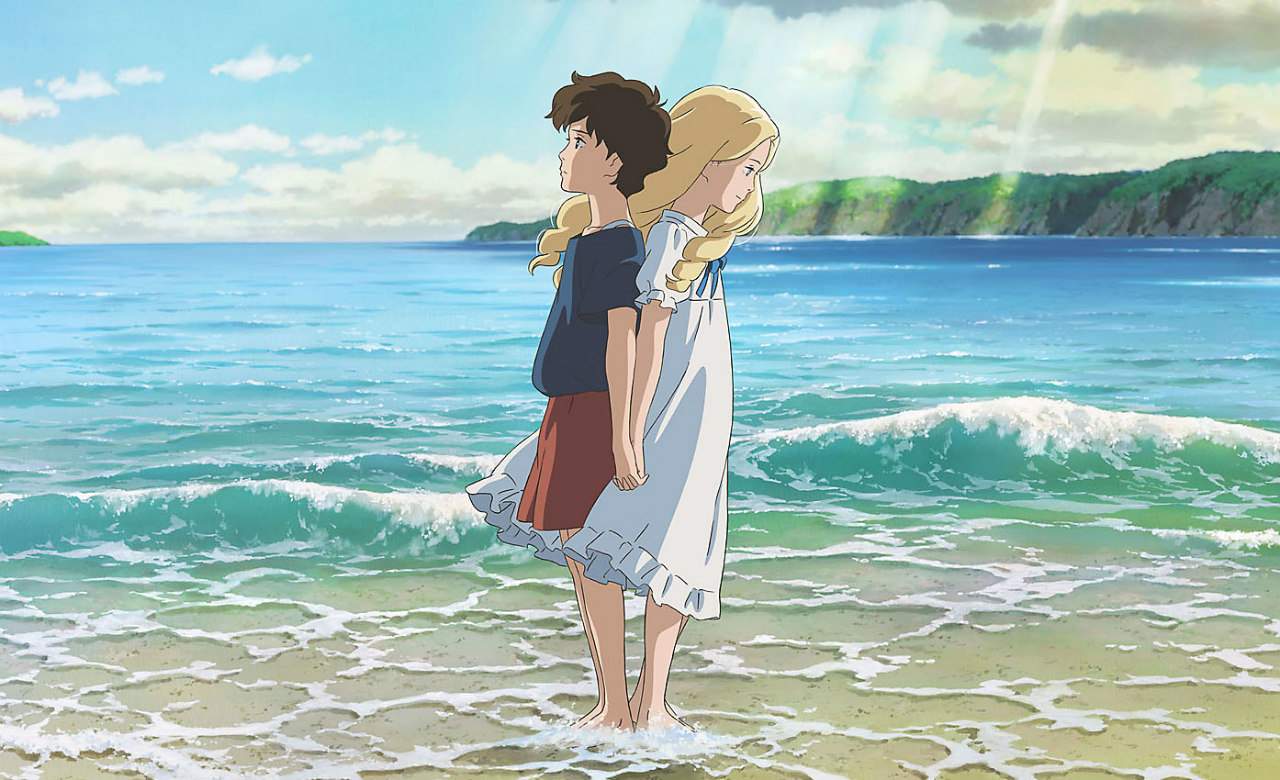When Marnie Was There
As the end draws near, Studio Ghibli have gone melancholy and contemplative.
Overview
Moving castles have become abandoned mansions, and adventurous kids are now asthmatic outsiders, as you may have noticed if you've been keeping up with Studio Ghibli's recent films. It seems like everyone's favourite Japanese animation house is growing up and getting serious; however, that might not be all that's behind their change in mood. With no new features slated, they might be shutting up their movie-making shop — or so it has been rumoured.
Perhaps that's why the studio's output over the last year has felt a little more melancholy and contemplative, and why tissues have become a necessary viewing accessory. The great Hayao Miyazaki's swan song, The Wind Rises, and co-founder Isao Takahata's latest effort, The Tale of the Princess Kaguya, already tested tear ducts, and When Marnie Was There does so again.
If this is the last Ghibli movie, then the tale of 12-year-old Anna (voiced by Sara Takatsuki) offers a fitting farewell. Above all else, it tells of the importance of friendship, acceptance, understanding and looking to the past to embrace the future, recurring themes in the studio's work. A foster child usually found alone with her sketchbook in hand, Anna is isolated and unhappy. That doesn't change when she is sent to stay by the seaside with her adoptive relatives — but then she spies a house surrounded by marshland, and meets the girl who lives there, Marnie (Kasumi Arimura).
When Marnie Was There is based on the 1967 British novel of the same name, and while the film isn't exactly old-fashioned, it is relaxed and reflective, even for an animation house known for making movies unlike any others. The second effort — and the second such book-to-screen adaptation — from director Hiromasa Yonebayashi after 2010's The Secret World of Arrietty, it takes its time not just to get to know Anna and her new pal, but to let the audience into their headspace.
It's an approach that's crucial to the feature, with the journey Anna takes in finding her sense of self more important than anywhere she might wander — and the bond she forms with Marnie more engrossing than anything else she might encounter. It also fits in with the mystery surrounding the titular character, who only Anna can seem to see, and only under certain circumstances.
As well as building character and intrigue, the slower pace leaves plenty of room for the kind of gorgeous visuals Studio Ghibli is known for, painstakingly hand-drawn and -painted. Indeed, that the film looks a treat can almost go without saying, except that Yonebayashi uses his beautiful images to thrill as much as enchant. There are a few darker turns in this tale, and the filmmaker is just as skilled at conveying pain and sadness as he is at creating magic and wonder.
If it sounds like another bewitching gem, that's because it is — but if it sounds like something a little different, that's because it's that, too. When Marnie Was There is compiled from the same parts as other Ghibli fare, but it really does feel like a film studio saying goodbye. Expect sorrow from the sweet and soulful story about finding a place to belong. Expect more from the possibility that this could be the last movie from the beloved studio.







